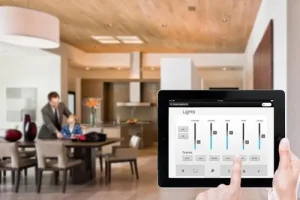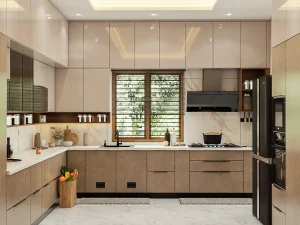
A home’s plumbing system is complex and has many functions. It must deliver water to all fixtures and remove waste water efficiently. However, most of us have no idea what goes on underneath the sinks and toilets. If you’re considering a home renovation, it’s a good idea to educate yourself about the plumbing system first.
Today’s plumbing systems are typically made of copper, PVC, and PEX. Copper was common in homes from the 1960s and is a low-cost and durable material. It has a 50-year life span. Galvanized steel pipes, however, are old-fashioned and can easily corrode. They are also bulky and difficult to maintain.
In most homes, the water entering the home comes from the main water valve located near the street. The water enters under pressure and travels through supply pipes that branch out to supply the various fixtures. Some of this water is used by the water heater and travels through hot water supply pipes. Water pressure is essential for forcing water through the plumbing system and reaching all areas of the house.
While home plumbing may seem like a complicated system, it is actually a relatively simple system. Basically, the plumbing system consists of three basic parts: a water supply system, a set of pipes for fixtures and appliances, and a drain system. Knowing these three parts can help you maintain your home’s plumbing system yourself and make DIY upgrades.
Plumbing technicians use specialized tools to diagnose and repair plumbing systems. By educating yourself on plumbing basics, you’ll be better equipped to deal with a plumbing emergency. Plus, it will make a great conversation starter. So, if you’re planning on hiring a plumber, you’d be wise to learn as much as you can.
Venting is another crucial part of the home plumbing system. It allows fresh air to enter and exit the pipes, which reduces the risk of sewer gas and other contaminants entering the home. It also helps prevent the formation of a vacuum in the plumbing system. Lastly, venting allows the sewer gas to escape, which helps prevent sewer gas odors.
The drain-waste-vent system collects wastewater from toilets and fixtures and delivers it to the sewer or septic system. It also allows air to circulate the pipes, allowing wastes to flow freely. Keeping these components free from debris is essential to ensure proper drainage. HomeTips provides more information on the various types of bathroom fixtures.







